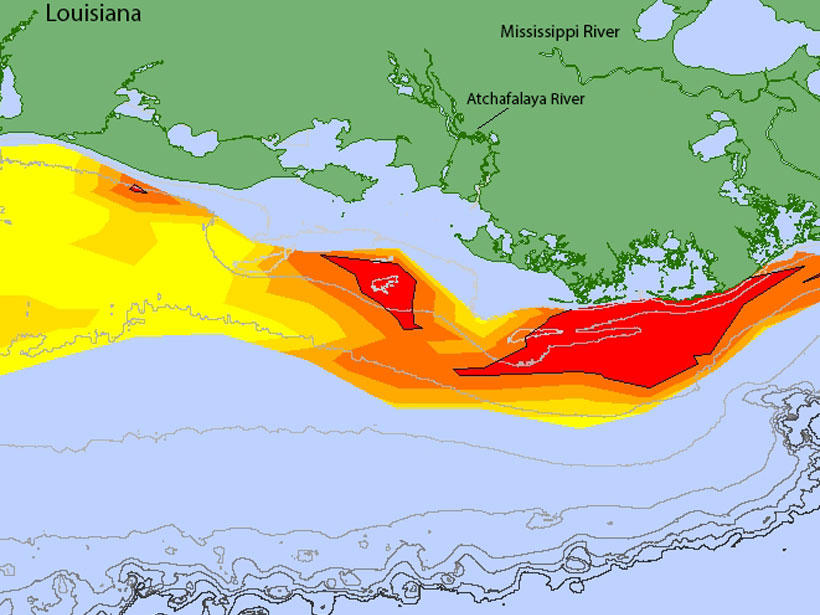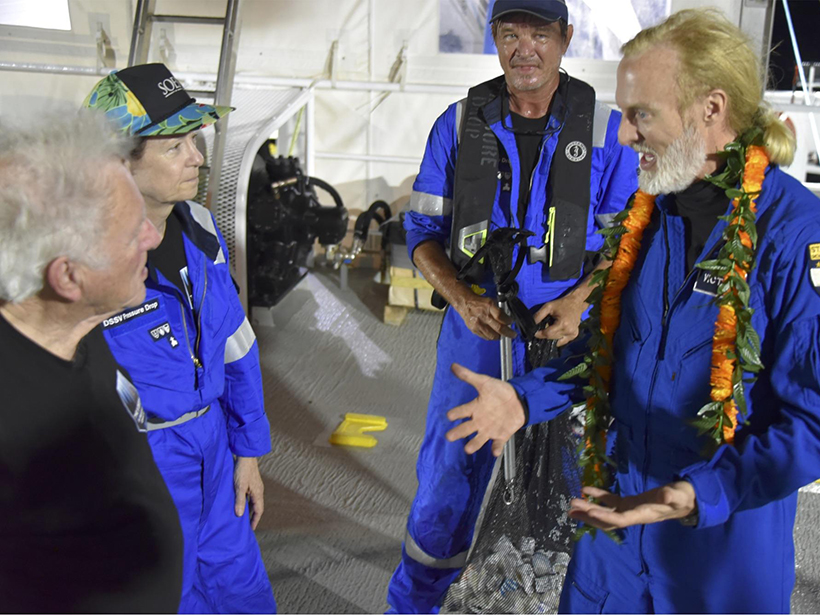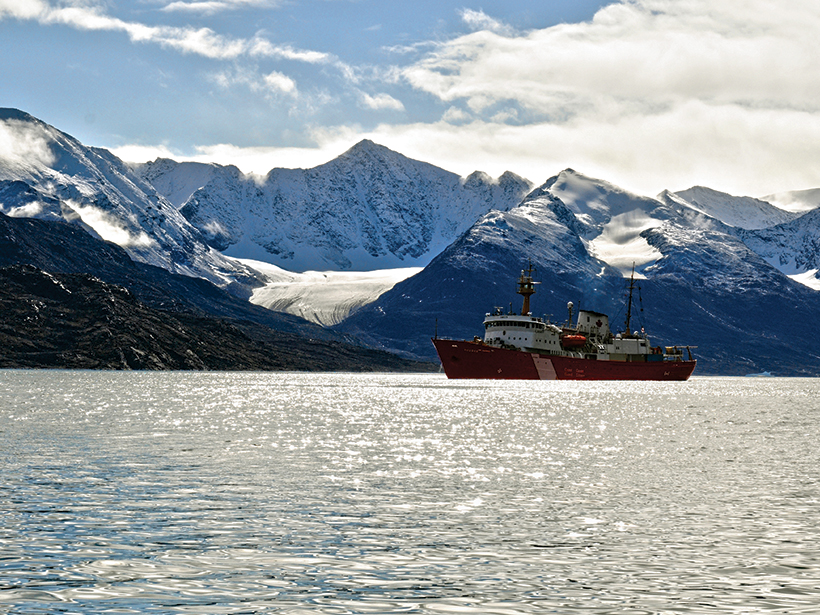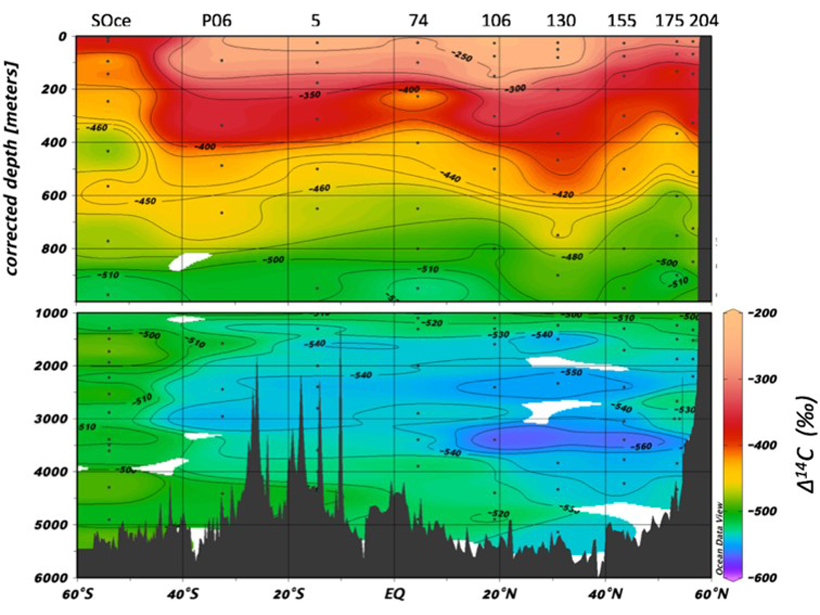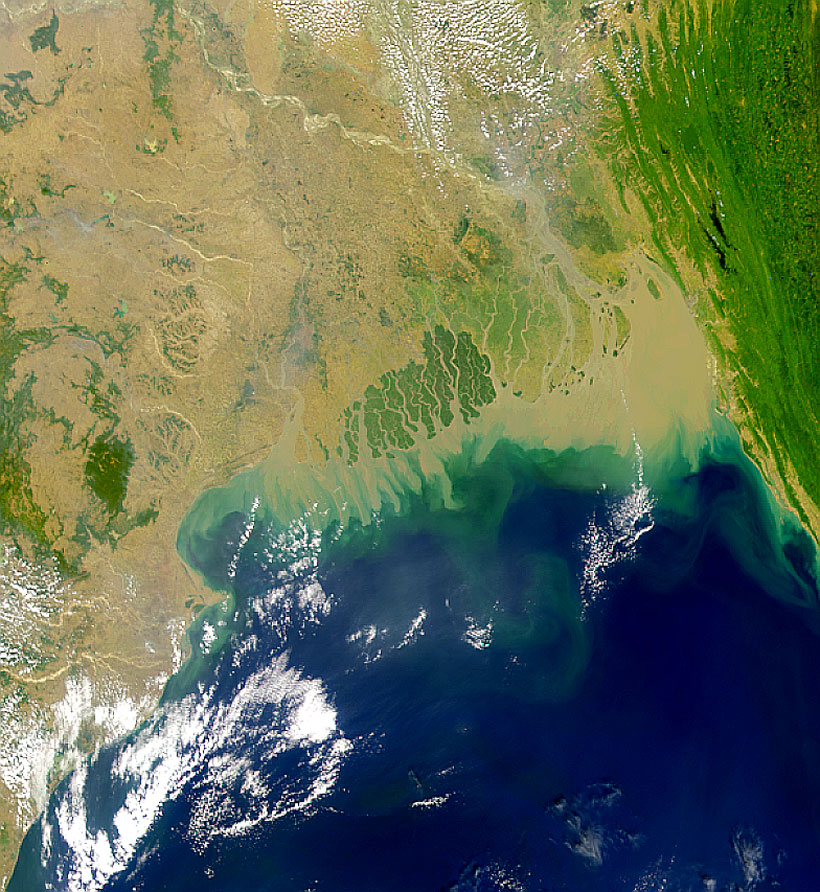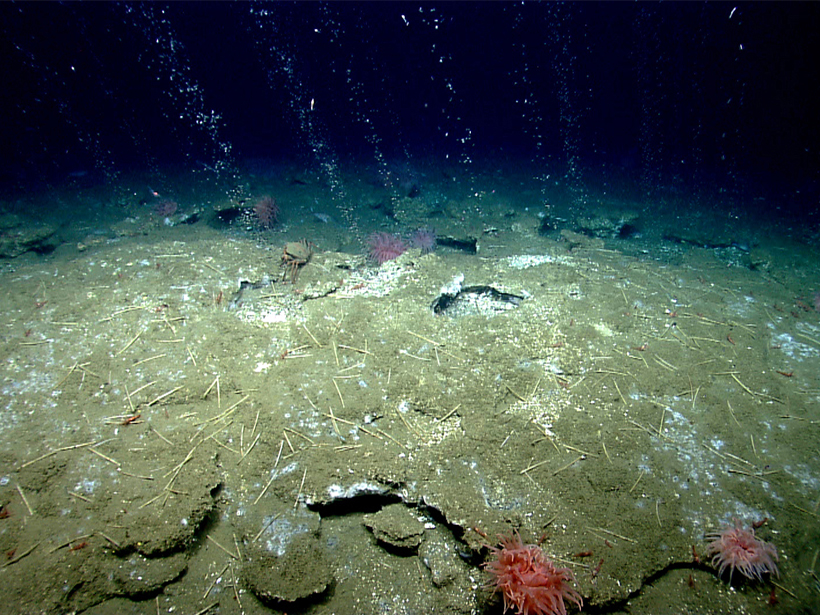Seafloor mapping has revealed a crater and several shipwrecks persisting 73 years after the world’s first underwater nuclear test.
seafloor
Momentum Grows for Mapping the Seafloor
Initiatives like the Nippon Foundation-GEBCO Seabed 2030 Project can help us better understand the ocean.
Scientists Rescue Historical Data Taken on Floating Ice Island
A never-before-published data set from the Cold War could help scientists unravel the mysterious western Arctic Ocean.
Gulf Dead Zone Looms Large in 2019
A new forecast predicts widespread hypoxia after a wet Midwest spring.
Limiting Factor Was a Science Opportunity for a Deep-Sea Geologist
For Mariana Trench expert Patricia Fryer, an extreme explorer’s record-setting dive was a chance to retrieve some of the deepest samples ever collected.
Arctic Glacial Retreat Alters Downstream Fjord Currents
High-resolution mapping efforts could improve predictions of coastal changes as glaciers shrink around the world.
Pacific Carbon Ages During Long Journey Along Ocean Floor
The radiocarbon signal of DOC with depth across the Pacific Ocean basin effectively supports a number of important theories that have been suggested over the years.
New Global Analysis Reveals Amount of Sediment on the Ocean Floor
Researchers calculate that there are ~3.37 × 108 cubic kilometers of sediment on the world’s ocean floor.
The Search for the Severed Head of the Himalayas
To unearth the very first sediments to erode from the Himalayas, a team of scientists drilled beneath the Bay of Bengal.
Compiling a Census for SEAFLEAs
Collaboration to Compile Open-Source Sites of Seafloor Fluid Expulsion Anomalies, AGU Fall Meeting 2018; Washington, D.C., 14 December 2018




